Sprayer tyres, Rice transplanter tires and wheels, Agricultural tyres, tractor tires, Industrial Tyres, OTR Tires, skid tires, truck tires
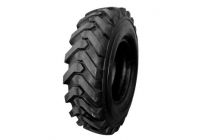
QINGDAO BOSTONE TYRE CO., LTD is a company dedicated to providing excellent tires for automobiles, trucks, forklifts, trailers, agricultural vehicles, and more. We are committed to meeting the various needs of our customers, providing high-quality products and excellent customer service to ensure their smooth operation. Our main products include Agricultural tyres,Implement tyres,High flotation tyres,Industrial tyres,Forklift tyres,Skid steer tyres,OTR tyres,Truck tyres,Car tyres,Solid rice transplanter tyres,Sprayer wheels, etc.
We are TUV certified suppliers. I have over 17 years of experience in the tire industry. And have an experienced sales team. We have established long-term partnerships with leading global manufacturers and suppliers to ensure that the tires we provide undergo strict quality control. We strive to provide the most competitive prices and help our customers reduce procurement costs. The product has been exported to countries and regions such as UK, Australia, and the United States.
agricultural tyres---FAQs Guide
1.What is the impact of ground temperature on tyres?
We continuously upgrade our skills and knowledge to adapt to changing tyres market needs.
Ground temperature can have a significant impact on tires. In cold temperatures, the rubber in tires becomes harder and less flexible, which can lead to decreased traction and increased wear. In hot temperatures, the rubber in tires becomes softer and more flexible, which can lead to increased traction but also increased wear. Additionally, extreme temperatures can cause tires to expand or contract, which can lead to uneven wear and decreased performance.
2.How is the snow performance of the tyres?
We have broad development space in domestic and foreign markets. tyres have great advantages in terms of price, quality, and delivery date. The snow performance of a tire depends on the type of tire and the tread pattern. Generally, tires with deeper treads and wider grooves will provide better traction in snow and icy conditions.
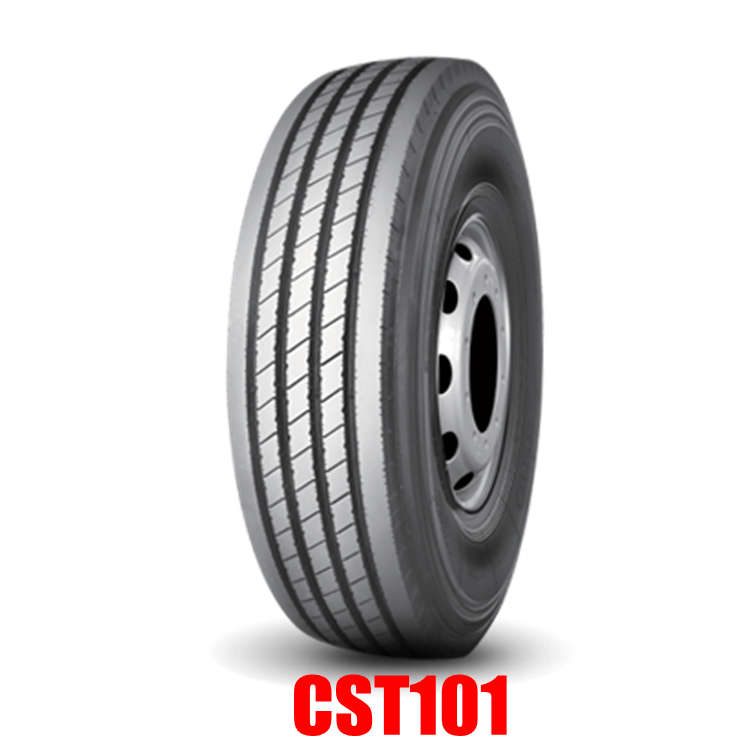
3.How to determine if the tyres is installed correctly?
As one of the top tyres manufacturers in China, we take this very seriously.
1. Check the tire pressure. The tire pressure should be within the manufacturer's recommended range.
2. Check the tire tread. The tread should be even and the tread depth should be within the manufacturer's recommended range.
3. Check the wheel alignment. The wheel alignment should be within the manufacturer's recommended range.
4. Check the wheel balance. The wheel balance should be within the manufacturer's recommended range.
5. Check the wheel lug nuts. The wheel lug nuts should be tightened to the manufacturer's recommended torque.
6. Check the tire sidewall. The tire sidewall should be free of any cuts, bulges, or other damage.
7. Check the tire bead. The tire bead should be properly seated on the wheel rim.
4.How to test the reliability of tyres?
We have established a good reputation and reliable partnerships within the tyres industry.
1. Visual Inspection: Check the tires for any signs of wear and tear, such as cracks, bulges, or bald spots.
2. Pressure Test: Use a tire pressure gauge to check the tire pressure and make sure it is within the manufacturer’s recommended range.
3. Tread Depth Test: Use a tread depth gauge to measure the depth of the tread on the tire. The tread should be at least 1/16 of an inch deep.
4. Balance Test: Use a tire balancer to check the balance of the tire. This will help to ensure that the tire is not out of balance and will help to reduce vibration and improve handling.
5. Wear Test: Use a tire wear indicator to check the wear on the tire. This will help to determine how much life is left in the tire and when it should be replaced.
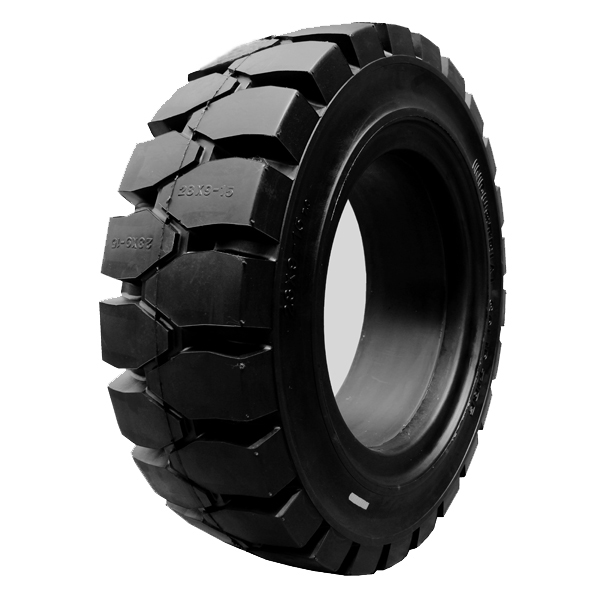
5.How to check the side wear of tyres?
Our mission is to provide customers with the best solutions for tyres.
1. Visual inspection: Look for uneven wear on the tire tread. Uneven wear can indicate that the tire is over or under inflated, or that the wheel alignment is off.
2. Measurement: Use a tire tread depth gauge to measure the depth of the tread. The minimum legal tread depth is 1.6mm.
3. Wear indicators: Most tires have wear indicators molded into the tread. When the tread is worn down to the same level as the wear indicators, it is time to replace the tire.
6.Why are there differences in tyres prices?
We have the leading technology and innovation capabilities, and attach importance to employee training and development, and provide promotion opportunities.
Tire prices can vary for a variety of reasons, including the type of tire, the brand, the size, the quality, and the retailer. Different brands may use different materials or have different features, which can affect the price. The size of the tire can also affect the price, as larger tires tend to be more expensive. The quality of the tire can also affect the price, as higher-quality tires tend to be more expensive.
Finally, the retailer can also affect the price, as some retailers may offer discounts or promotions on certain tires.
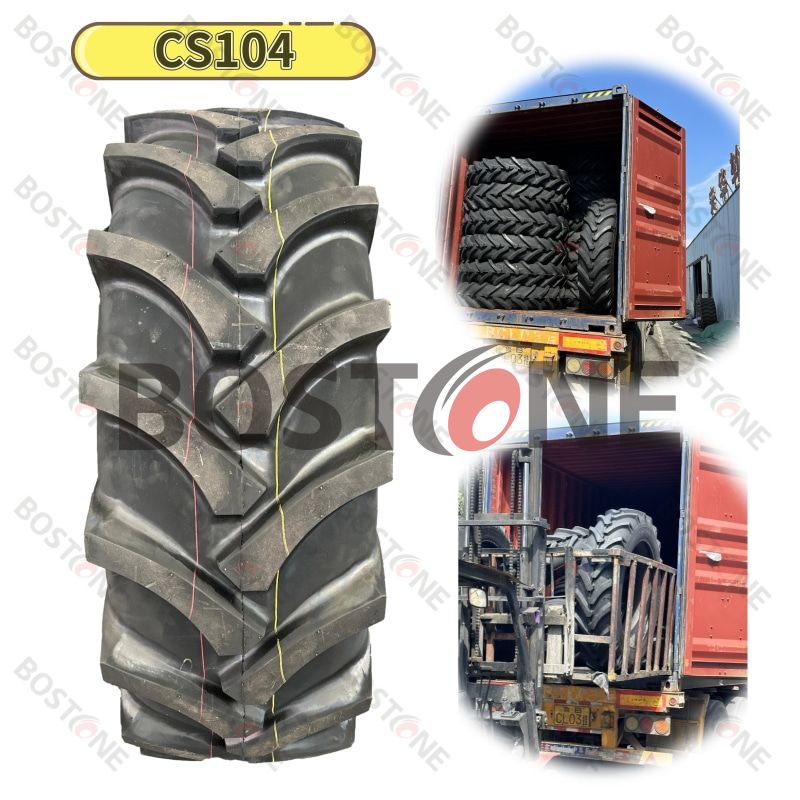
7.About agricultural tyres, do you provide after service spare parts?
Yes, we provide all the spare parts, we also supply parts manual.
8.How can tyres improve vehicle fuel consumption?
We focus on providing high quality tyres products and services. Tires can improve vehicle fuel consumption by reducing rolling resistance. Rolling resistance is the force that resists the motion of a tire when it is rolling on a surface. Tires with lower rolling resistance require less energy to move, which translates to improved fuel economy. Additionally, properly inflated tires can also help improve fuel economy.
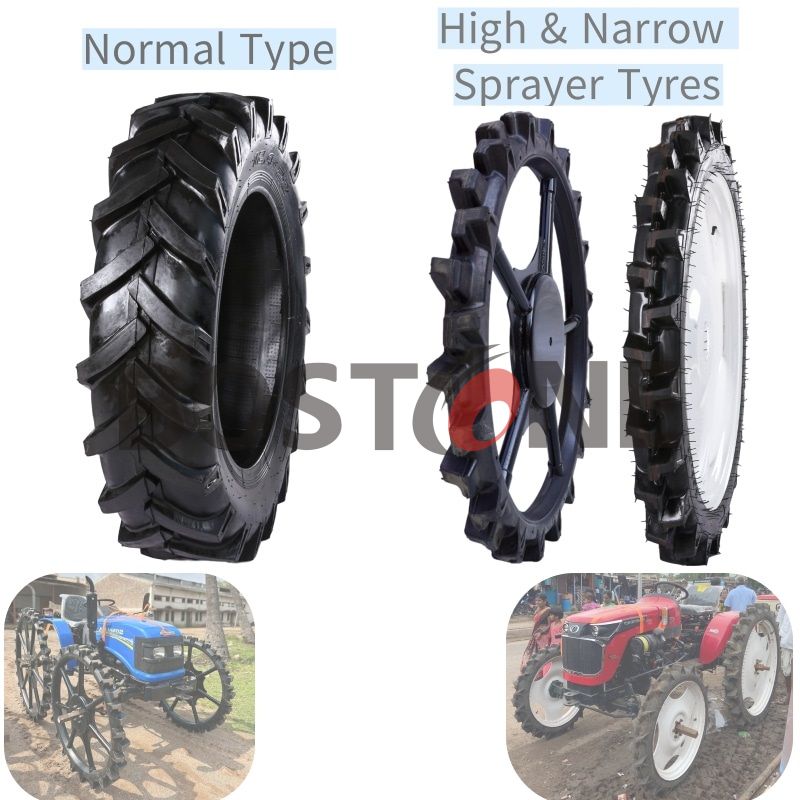
9.How can we ensure the safe use of tyres?
Our tyres products have competitive and differentiated advantages, and actively promote digital transformation and innovation.
1. Check tire pressure regularly. Make sure the tires are inflated to the manufacturer’s recommended pressure.
2. Check the tread depth of the tires. Make sure the tread depth is at least 1/16 of an inch.
3. Rotate the tires regularly. This will help to ensure even wear and tear on the tires.
4. Have the tires balanced and aligned. This will help to reduce the risk of uneven wear and tear.
5. Have the tires inspected regularly. Have a professional inspect the tires for any signs of wear and tear.
6. Replace tires when necessary. If the tires are worn or damaged, replace them as soon as possible.